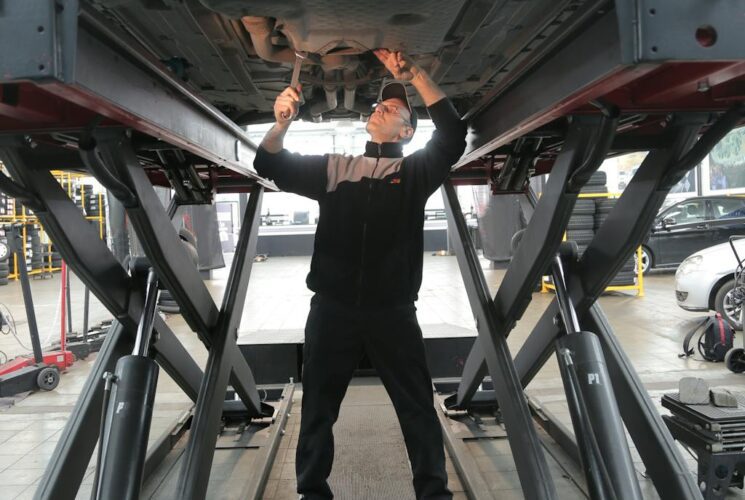
When purchasing a secondhand car, assess its condition and be prepared for any necessary repairs. While some repairs are immediate priorities for safety and functionality, others can be delayed without causing significant issues. This blog post will discuss the repairs you must promptly address to ensure a reliable and safe driving experience. Additionally, we will explore repairs that can be postponed, allowing you to plan and budget accordingly.
When it comes to secondhand car repairs, certain issues demand immediate attention to ensure the overall performance and safety of your vehicle. Here are the repairs that should be prioritized:
Inspect the condition of your car’s brakes and tires thoroughly. Worn-out brake pads, damaged rotors, or tires with inadequate tread depth can jeopardize your safety on the road. Replace worn brake components and invest in quality tires to maintain optimal control and stopping power.
A well-functioning suspension system enhances stability, comfort, and handling. Inspect the suspension components, including shocks, struts, and control arms, for signs of wear or damage. Replace faulty parts to ensure a smooth and controlled ride.
Regular fluid and filter replacements are vital for optimal engine performance. Change the engine oil, transmission fluid, coolant, and brake fluid according to the manufacturer’s recommendations. Replace the air and fuel filters to maintain a clean and efficient engine.
Electrical issues can cause various problems, such as malfunctioning lights, dead batteries, or erratic behavior of crucial components. Check the battery’s health, inspect the wiring and connectors, and address any electrical problems promptly to avoid unexpected breakdowns.
While some repairs require immediate attention, a few can be delayed without significant consequences. Here are a few examples of repairs that can be done later:
Cosmetic issues like minor dents, scratches, or faded paint may not affect the car’s functionality. While they may be unsightly, they can be addressed later when the budget permits.
Issues with interior comfort features such as a malfunctioning radio, non-essential power accessories, or worn-out upholstery can be addressed based on personal preference and budget availability.
Non-critical warning lights, such as a malfunctioning tire pressure sensor or an intermittent check engine light for non-emergency codes, can often be addressed during routine maintenance visits without immediate concern.
© InsiderScoop